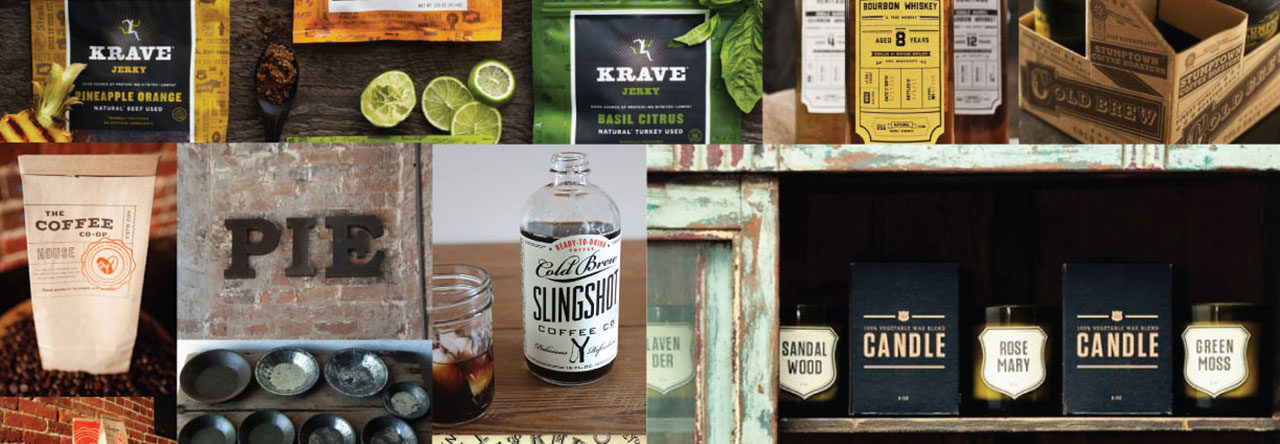When trying to translate design concepts for a brief, words will always fail miserably. They’re too subjective. What one person calls edgy, another might see as chaotic. That’s the irony of having to use a design brief – visuals communicate things that words just cannot, but we need to write down our ideas so everyone gets the visual they want. A good tool to help you get your ideas across is a mood board.
A picture is worth a thousand words. Mood boards help to create that picture for your designer. These are essentially collections of different images, graphics, and examples of styles, used in a design project. Consider it a visual extension of your design brief – where a brief focuses on objective specs, like budget, timelines, and goals, the mood board appeals more to the creative side of the process. Capture ideas, create color pallets and get on the same page as your designer.
It really isn’t just for designers. Where your freelancer or designer might use mood boards in their work, to establish color tones, putting one together yourself can improve the quality of your interaction, and that of your overall project. For example, if you’re working on a new idea for an app, maybe you’ll be inspired by the design style of Instagram. But what you like specifically is the style of Instagram’s gradient colors and nothing else. With a mood board, you can communicate more effectively.
How to make a good mood board
– Don’t hold back: Collect as many visual references as you can, both on-and-offline.
– Be specific: Add descriptive comments to each image, such as “I like the bold strong feel of the fonts” or “The colors evoke a great mood”. The more you share, the clearer the design will be to the designers.
– Get organized: Categorize your design elements into creative groups, and break those groups down into different concepts. Decide on what it is you’re looking at and give it a name. “Modern corporate”, “Boutique and handcrafted” or “Hip and minimal”. Whatever you see before you, use that to organize your thoughts, and make sure your designer knows.
Online resources to help you
– Pinterest
– Mood board (by Crew)
– Niice
If you’d rather not explore your creative side by making your own mood board, make sure to request at least two-to-three mood boards from your designer, before they get started working. Decide on a direction you’ll be pursuing, beforehand, and keep in mind: investing a little time, upfront, can save countless hours down the line.
[Extract from the book Growth by Design]
